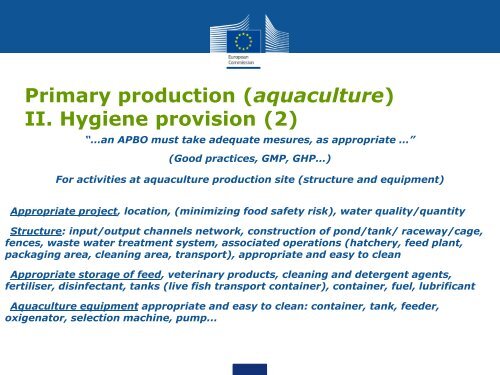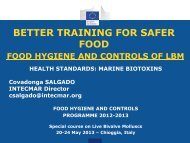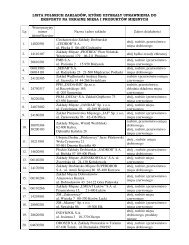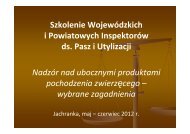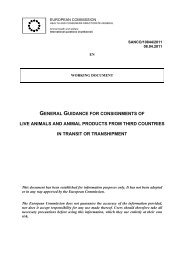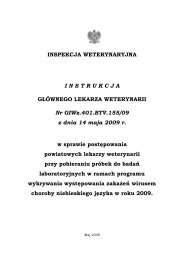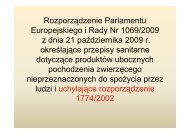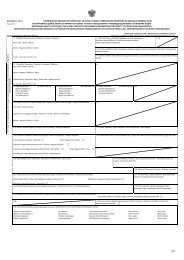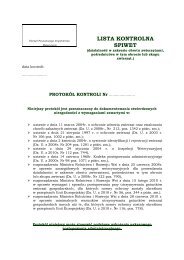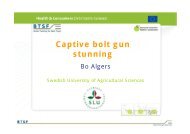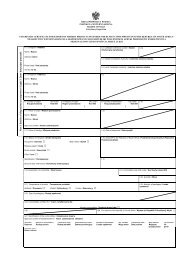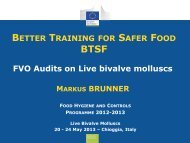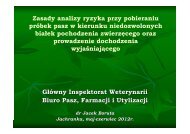Control of food safety in aquaculture products
Control of food safety in aquaculture products
Control of food safety in aquaculture products
You also want an ePaper? Increase the reach of your titles
YUMPU automatically turns print PDFs into web optimized ePapers that Google loves.
Primary production (<strong>aquaculture</strong>)<br />
II. Hygiene provision (2)<br />
“…an APBO must take adequate mesures, as appropriate …”<br />
(Good practices, GMP, GHP…)<br />
For activities at <strong>aquaculture</strong> production site (structure and equipment)<br />
•Appropriate project, location, (m<strong>in</strong>imiz<strong>in</strong>g <strong>food</strong> <strong>safety</strong> risk), water quality/quantity<br />
•Structure: <strong>in</strong>put/output channels network, construction <strong>of</strong> pond/tank/ raceway/cage,<br />
fences, waste water treatment system, associated operations (hatchery, feed plant,<br />
packag<strong>in</strong>g area, clean<strong>in</strong>g area, transport), appropriate and easy to clean<br />
•Appropriate storage <strong>of</strong> feed, veter<strong>in</strong>ary <strong>products</strong>, clean<strong>in</strong>g and detergent agents,<br />
fertiliser, dis<strong>in</strong>fectant, tanks (live fish transport conta<strong>in</strong>er), conta<strong>in</strong>er, fuel, lubrificant<br />
•Aquaculture equipment appropriate and easy to clean: conta<strong>in</strong>er, tank, feeder,<br />
oxigenator, selection mach<strong>in</strong>e, pump...


